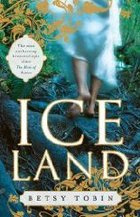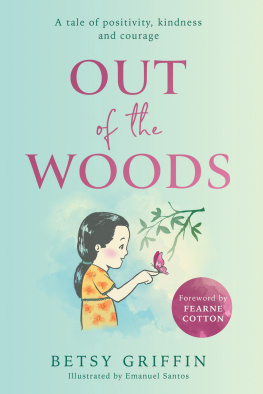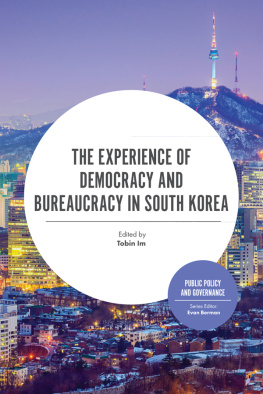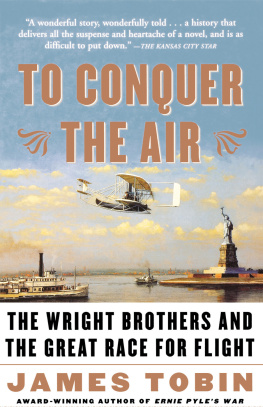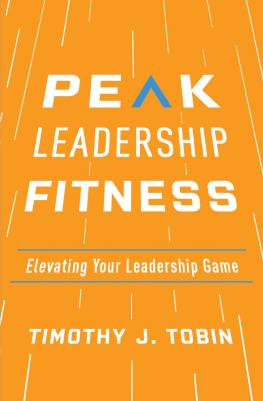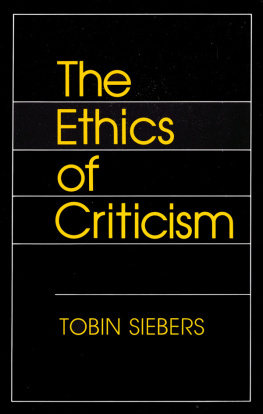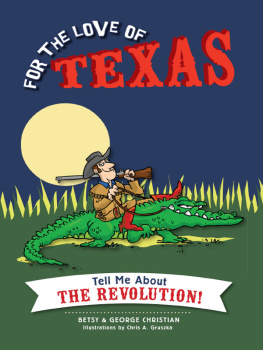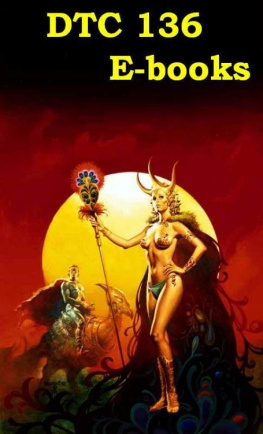ACKNOWLEDGMENTS
Huge gratitude to my son Theo Sands, who first steered me in the direction of the Norse pantheon (and who remains my best reader); to Margaret Glover, who blew life back into this manuscript when it lay dangerously close to death; and to Ragnar Hjalmarsson for translating Icelandic geologic terminology. Many thanks as well to Kim Witherspoon and David Forrer at Inkwell for their continued support, and an enormous gold star to Signe Pike and the wonderful marketing, sales, and publicity team at Plume for their fantastic show of enthusiasm.
A PLUME BOOK ICE LAND
BETSY TOBIN was born in the American Midwest and moved to England in 1989, where she now lives with her husband and four children. Ice Land will be her second novel published in America. Her first novel, Bone House, was short-listed for the Commonwealth Prize, and won the Herodotus Prize in the United States. Visit her website at www.icelandthebook.com.
a cognizant original v5 release october 10 2010
a cognizant original v5 release october 10 2010
AUTHORS NOTE
As the title suggests, this book is heavily steeped in the history, geology, mythology and ancient lore of Iceland. Norse myth, though drawn from all of Scandinavian culture, uses imagery that is unique to Iceland. In particular, the prophecy of creation and destruction (Ragnorak) which underpins the entire cycle of myths can only refer to the turbulent geology of that country.Thus, the tenacity of the books central characters mirrors that of the Icelandic people themselves, who settled in this volatile land more than a millennium ago and refused to be driven out by its destructive nature.
Through the centuries, the Icelandic people have endured countless eruptions, some of them catastrophic. Mount Hekla, the infamous volcano at the centre of this story, first erupted in 1104. During that explosion, she deposited two and a half cubic kilometers of ash and rock upon her inhabitants. An entire valley was obliterated. None of the early farmers who laid claim to her flanks during the first years of settlement realised they were living atop such a beast. It is no wonder Hekla subsequently came to be regarded as the gate to Hell.
At the heart of the novel is Freya, the Norse goddess of love. The story is loosely inspired by the myth of the Brisingamen, which tells of Freyas quest for a magnificent gold necklace, and her decision to sell herself to the four brothers who created it. The myth has been widely embellished and reinterpreted over the centuries, but I have taken further liberties with it, altering both Freyas motivations and the outcome of her journey.
While Norse mythology is dominated by men, it is Freya who emerges as the most complex and intriguing of the pantheon. Although she represents romance and fertility, she herself is unlucky in love, having been deserted by her mortal husband Od. Freya suffers enormously when Od abandons her; indeed it is said that her tears flooded the earth with her sorrow.Yet she ultimately takes charge of her own destiny and lives independently outside marriage. Perhaps because of this she is often portrayed as a woman of dubious virtue.
Freyas portrait in the myths is consistent with ancient Icelandic society, where women had the right to divorce their husbands and be land-holders. Many did just that. The Icelandic Sagas are full of tales of powerful women, such as the clever and formidable Gudrun of Laxardal, who outlived four husbands and became a legend of her own time.
But it is not just Freyas story I have borrowed from.The book draws on many other mythic elements: the story of Menglad and her betrothal necklace, Iduns rape by giants and subsequent fall into an ice crevasse, Nords failed marriage with the young giantess Skadi, Odins lecherous desire for Freya and his strange interdependence with the evil trickster Loki. All of these characters are based loosely on the mythic poems.
I was equally influenced by the Icelandic Sagas, that astonishing body of prose stories that forms the basis of our understanding of life as it was lived a thousand years ago. In these tales, which were recounted around open fires for generations before they were ever set down on paper, people argue, fight battles, fall in and out of love, commit infidelities, murder their relatives, set fire to their neighbours houses, and confront ghosts in the dead of night. The Icelandic Sagas are as entertaining today as they were then, and they have no equivalent in medieval English literature. Just as Freyas story is underpinned by the myths, the character of Fulla and her forbidden love for Vili is inspired by the Sagas.
If there is a moment where the mythic poetry converges with the prose Sagas, it is around the theme of kinship.What attracted me to the Norse pantheon was not its fantastic element (though indeed the gods can change shape, throw spears of lightning and drive chariots across the sky). Rather it was their humanity (or relative inhumanity) that I was drawn to. The Aesir are portrayed as one large dysfunctional family, beset with lust, petty jealousies, envy, rivalry, corruption and malice of every kind. Despite their supernatural strength, they are morally weak, and it is this that brings about their destruction.
Kinship, honour and loyalty were the lynchpins of Viking society. Every individual was anchored by their obligations to those around them. The greatest punishment was outlawry: to be separated forever from ones loved ones was the worst fate a man could endure. And yet the sagas are full of tales of families torn asunder by feuding, and the myths themselves prophesy that just before Ragnorak, brothers will do battle unto death and sons of sisters will fight their own kin. It is this point of thwarted kinship and divided loyalties that I chose to probe.
Asgard, the realm of the gods, is represented in the myths as a walled citadel above earth that can only be reached by crossing the shimmering rainbow bridge Bifrost. I have portrayed it as a mountainous region far inland where each of the gods occupies their own homestead, just as ordinary settlers did. Unlike elsewhere in Viking society, the Icelandic people did not settle in towns or villages until the eighteenth century.They lived in extended family units on large farmholdings, often in extreme isolation.
Despite this, they were a sociable people. They travelled frequently and came together often, for weddings, harvest festivals, governance and merry-making, which sometime lasted days. Their climate was a treacherous one. Hospitality and generosity were both essential and highly valued. If a guest pitched up on your threshold, it was your moral duty to furnish him with a warm hearth to sleep on and some form of sustenance. Winters were long, cold and dark. In the evenings, Icelandic farmers sought refuge in drink, poetry and story-telling.
True to their image, they were a violent people. Fighting and vengeance were part of everyday life: if you insulted your neighbours wife then you had better not ride out unarmed, as someone would be waiting for you. Weapons were crude and dangerous, and the injuries men sustained were horrific.The Sagas are replete with gory descriptions of these brutal encounters.
Religion infused all aspects of life, but it had to coexist with the reality of survival. Daily life was hard. Nature was often cruel, and one couldnt afford to be complacent. If you were an Icelandic farmer you made offerings to Thor, and to a lesser extent to Freyr and Odin, and if you were a woman trying to conceive or get a husband, then perhaps to Freya. But you also worked hard and struggled for your livelihood.
When the first Christians came, the Icelandic people were bemused. It was only later, when Christian missionaries began to use violence, and King Olaf threatened to imprison Icelandic people abroad, that they were forced to make concessions. The story of Icelands conversion, of the lawspeaker Thorgeir and his two-day vigil beneath a cloak at the Althing, is an astonishing one. I have simplified it slightly in the book, but it happened much the way I describe. No bloody wars. No massacres. Just a peaceful transition.

